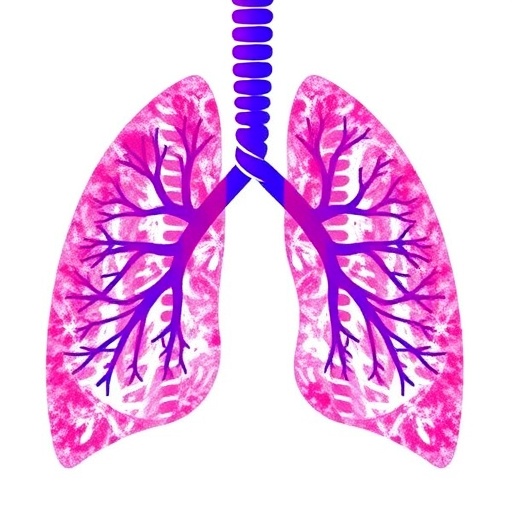Recent advancements in pediatric imaging have unveiled cutting-edge techniques that significantly enhance diagnostic capabilities for common urological conditions in children. Among these innovations, magnetic resonance urography (MRU) has surfaced prominently as a non-invasive alternative to traditional imaging methods. This sophisticated approach not only eliminates radiation exposure—an important consideration in pediatric care—but also offers superior visualization of urinary tract anomalies. The diagnostic potential of MRU in evaluating pediatric ureteropelvic junction obstruction (UPJO) is particularly noteworthy, promising a transformative approach to managing this condition.
Ureteropelvic junction obstruction is a prevalent cause of hydronephrosis in infants and children, leading to serious renal complications if left untreated. Traditionally, diagnosis has relied on ultrasound and intravenous pyelography, which may not provide the detail needed in all cases. The recent study by Grognet et al. sheds light on the efficacy of MRU, particularly in assessing the anteroposterior diameter (APD) of the renal pelvis following furosemide administration. This pharmacological approach is particularly
Tags: Advanced Pediatric Imaging InnovationsComparative Efficacy of MRU and Traditional ImagingDiagnosis of Hydronephrosis in InfantsEnhancing Diagnostic Capabilities for Urological ConditionsEvaluation of Renal Pelvis in KidsFurosemide Administration in Pediatric UrologyMR Urography in Pediatric Carenon-invasive imaging techniques for childrenPediatric RenPediatric Ureteropelvic Junction ObstructionRadiation-free Imaging for Pediatric PatientsTransformative Approaches to Pediatric UPJO Management





